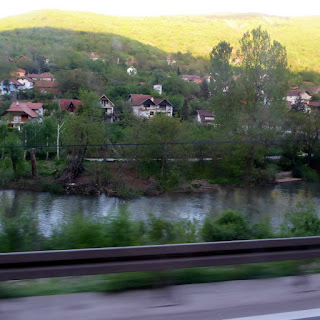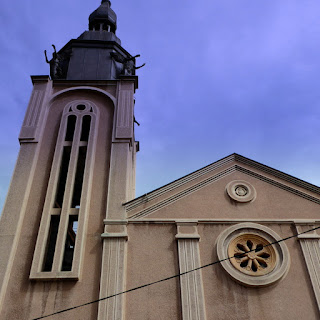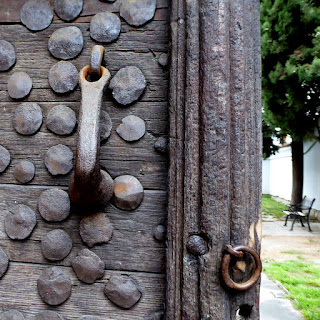In Belgrade I made a new rule - no hostels with bunk beds. Then I promptly made a mistake when reserving my accommodation in Prague. I fronted up at Adam&Eva Hostel (9 out of ten on Trip Advisor, number one hostel in Central Prague) having booked a bed in a female-only dorm (save money now, because France and England are getting closer, where the cheapest Airbnb cupboards cost about 21 pounds a night AND you have to drink wine with your host/hostess and I'm sure they mean BYO). Yes, I checked the pictures before booking, and I'm sure I saw spacious dorms with sitting areas and actual beds. Eva met me at reception, looked up my booking and then looked me up and down. She seemed a bit lost for words, then finally came out with it (9 out of 10 for tact) "We have a policy. I don't know how old you are, but we don't allow people over 50 to stay in top bunks, and that's what I have booked. I'm sorry, but we are full up and that's all there is. You see, we have had some complaints in the past..." It took me a moment to come to terms with feeling like a senior big-time LOSER, and then I rallied. "I like top bunks. I don't have any problems with them. You'll get no complaints from me!" I had to stop myself saying, I can carry my luggages up four flights of narrow stairs without any complaint. I can use squat toilets, in fact, I prefer them. I can get my hair cut AND coloured by someone who doesn't speak English. I can travel on an overnight train in Bulgaria and then spend the whole next day walking all over Sofia. I can do a 14 hour train trip without food or coffee - and DID I COMPLAIN?
She offered to move me to a bottom bunk when there was a space. There's no way I was going to take up that offer.
But, back to that important question of routine, I have started collecting manhole covers. Proof






















































